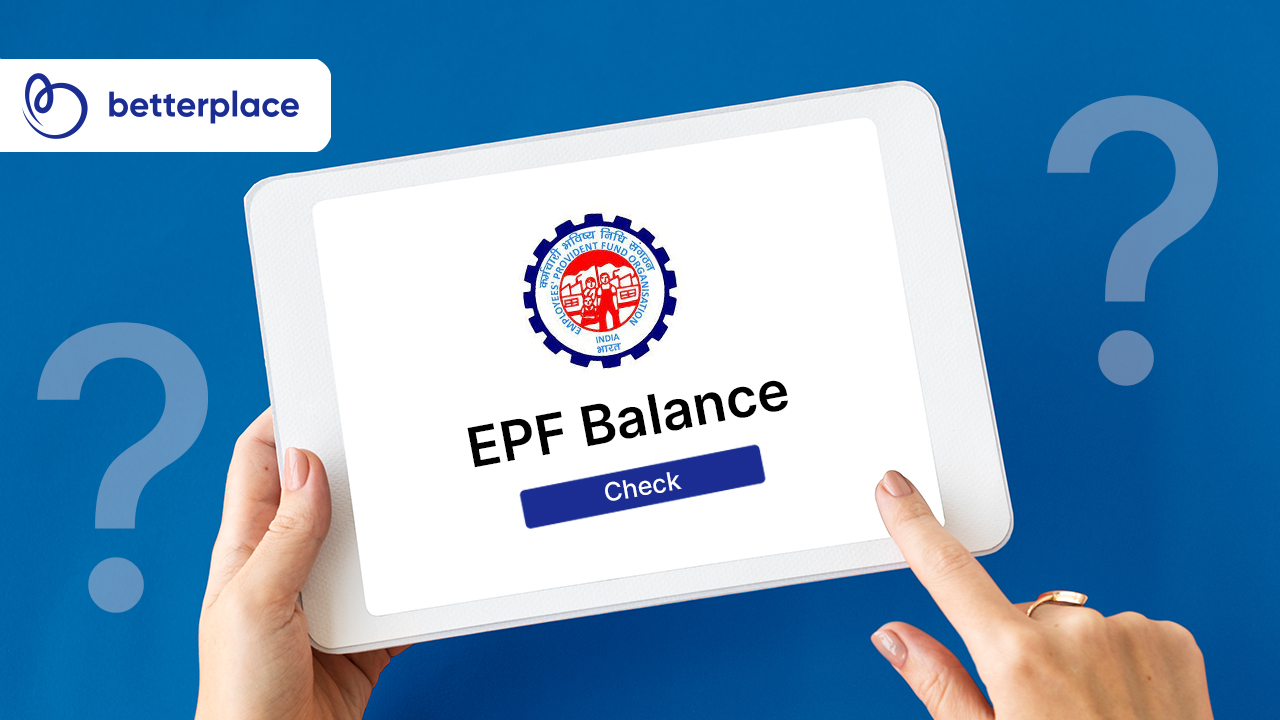An HRM is the backbone of an organisation. It makes sure a stable, efficient and competent blue-collar workforce is employed. The department is responsible for directing, managing and planning the policies and objectives of your business too. Frontline employee needs are further met via onboarding, timely compensation and training programs. Motivation and maintenance of human resources are other roles that help maximise productivity. In short, they perform all those tasks that are critical for a business to thrive.
Not having robust HR management in place may lead to talent shortages and unhappy workers. But you can consider software that makes it much simpler to acquire, manage and empower the fragmented blue-collar workers. Top Indian companies like Uber, Lenovo, Zomato, Capgemini, Amazon, ICICI Foundation and Flipkart have already integrated it to scale operations. Learn the top functions of the HRM and how an AI-powered system helps.
1. Recruitment
This is one of the prime elements of human resource management. Employees are the lifeblood of an organisation and pulling in the right candidates is critical to contribute to the overall success. HRs are responsible for identifying and evaluating, setting up interviews and then conducting a follow-up. But these are tedious and long-drawn-out processes.
Integrating end-to-end HRMS software streamlines recruitment. It helps make data-driven decisions and automates repetitive tasks thus saving time and budget.
2. Verification
HRs make sure the candidate that is shortlisted does not have a police record. It helps you build a reliable workforce and stay out of legal concerns. Verification is also a chance to dig deeper into a person’s past employment experience, education and general conduct.
HRMS software can automate verification. This helps to protect your people and reputation better and make safe hiring decisions. The finest details like drug abuse are taken into account to offer the best possible results. About 15 other checks are run to eliminate risky profiles. All the reports and analytics are integrated into the platform for you to access and assess a blue-collar candidate.
3. Onboarding
The new hires are seamlessly integrated into your company via onboarding. They learn about the culture, values, vision, mission and structure. The HR offers the tools and information that are required for the blue-collar worker to transition into their new role. All paperwork is also done by the HR including offer letters and employment forms.
An HRMS can reduce the manual workload and offer unparalleled onboarding. It can be used for both bulk and single hires. Employee data is documented, information is updated and regulatory compliance is ensured. The procedure is highly automated for superfast results.
4. Performance Management
Performance review is one the most vital elements of human resource management. It helps to make sure employees are working towards a common goal. Periodic studies are also necessary for better rewards and recognition, discussing work-related problems, identifying workers with high potential, setting up a deserving wage structure and enhancing overall efficiency.
Using software can set and track performance goals. This helps to measure employee progress and drive accountability. Automated recommendations and learning systems are provided to employees to develop skills and grow in their careers. On the other hand, the changing needs of your business are met effectively.
5. Learning and Development
Providing upskilling opportunities to the frontline segment for future-ready skills is a key function of the human resource management team. It helps an organization to advance towards its long-term goals and stay relevant in a competitive market.
One of the core elements of HRMS is offering micro-learning platforms to close skill gaps and maximise ROI. Reliable software has developed state-of-the-art programs and gamified solutions that are in sync with your business needs. It can plan, implement and assess training and educational courses to optimise worker potential.
6. Payroll Management
Timely compensation is one of the components of employee retention. HRs ensure equity and fairness as well. Calculating taxes, maintaining compliance with labour laws across different Indian states, accommodating incentives and tracking non-monetary benefits like flexible working hours and extra holidays are a part of this process too.
HRMS software can help map salary templates based on location and job profiles. It can enable PF, ESI, LWF and PT compliance. A detailed breakdown is provided for zero fuss. Employees with missing payment inputs are identified easily as well.
An HRMS can also help you monitor attendance and ensure the financial well-being of the frontline workers via life insurance. Ease the heavy responsibilities of your HRs and ensure error-free approaches to take your business to new heights by installing one today. Lower attrition is another benefit that comes in handy.









